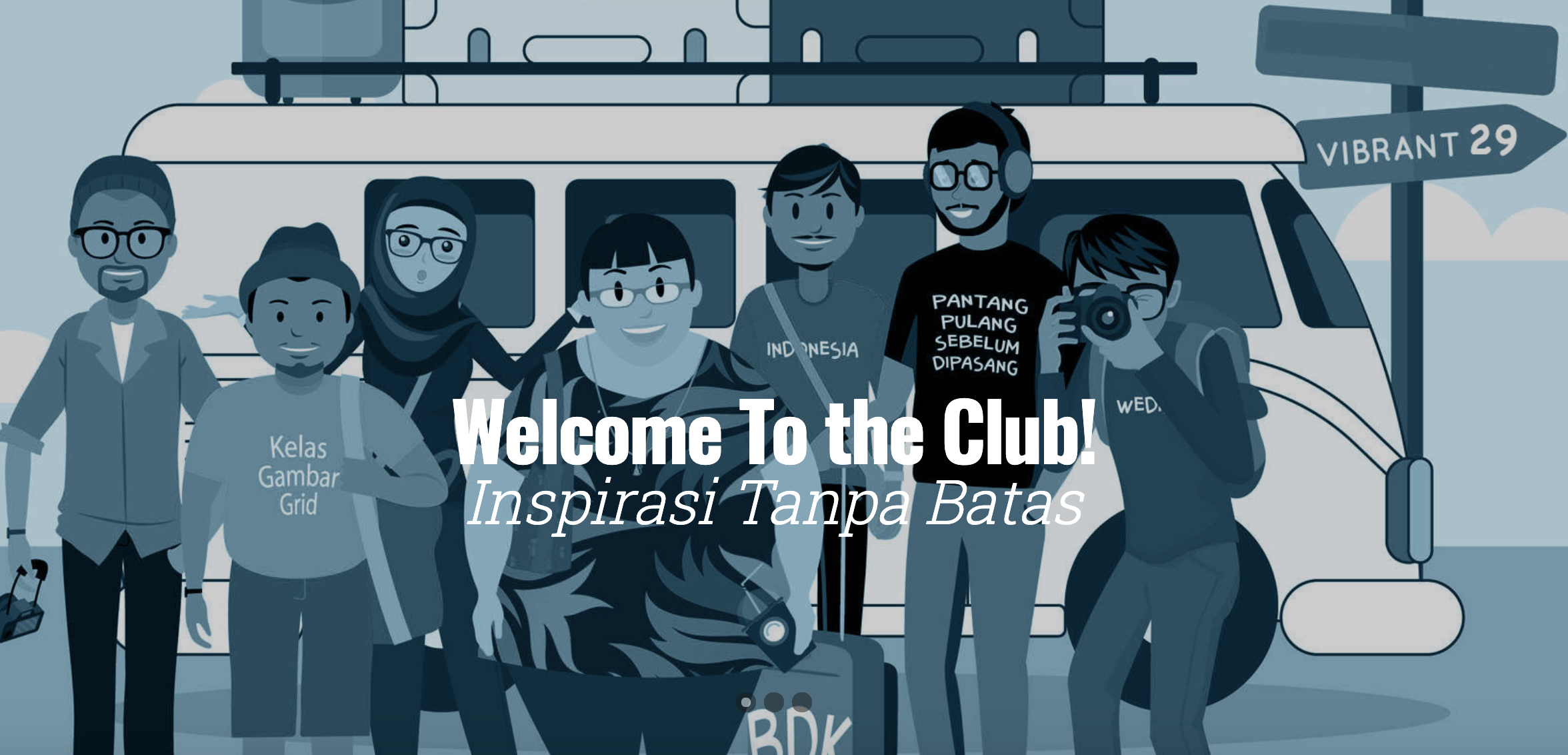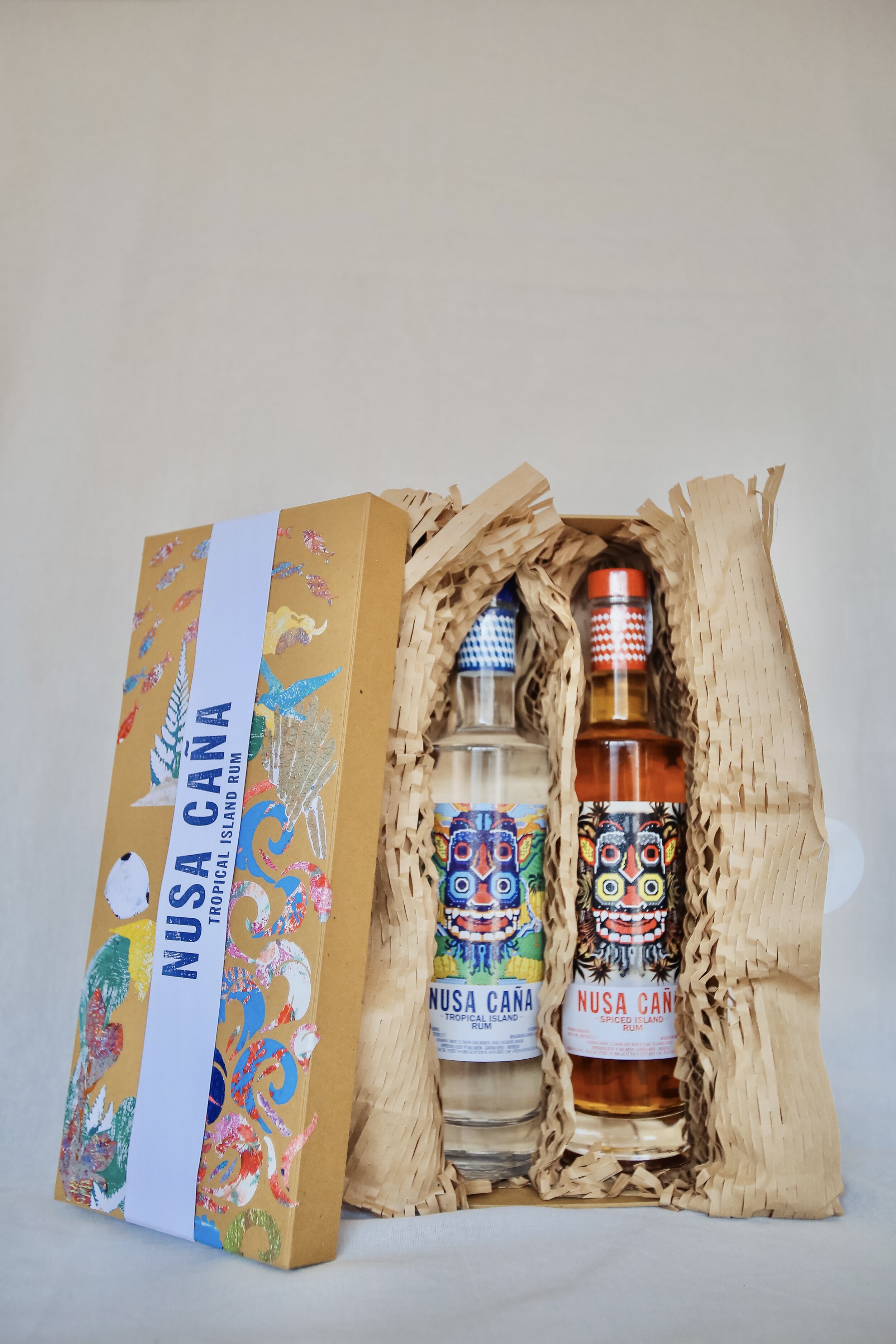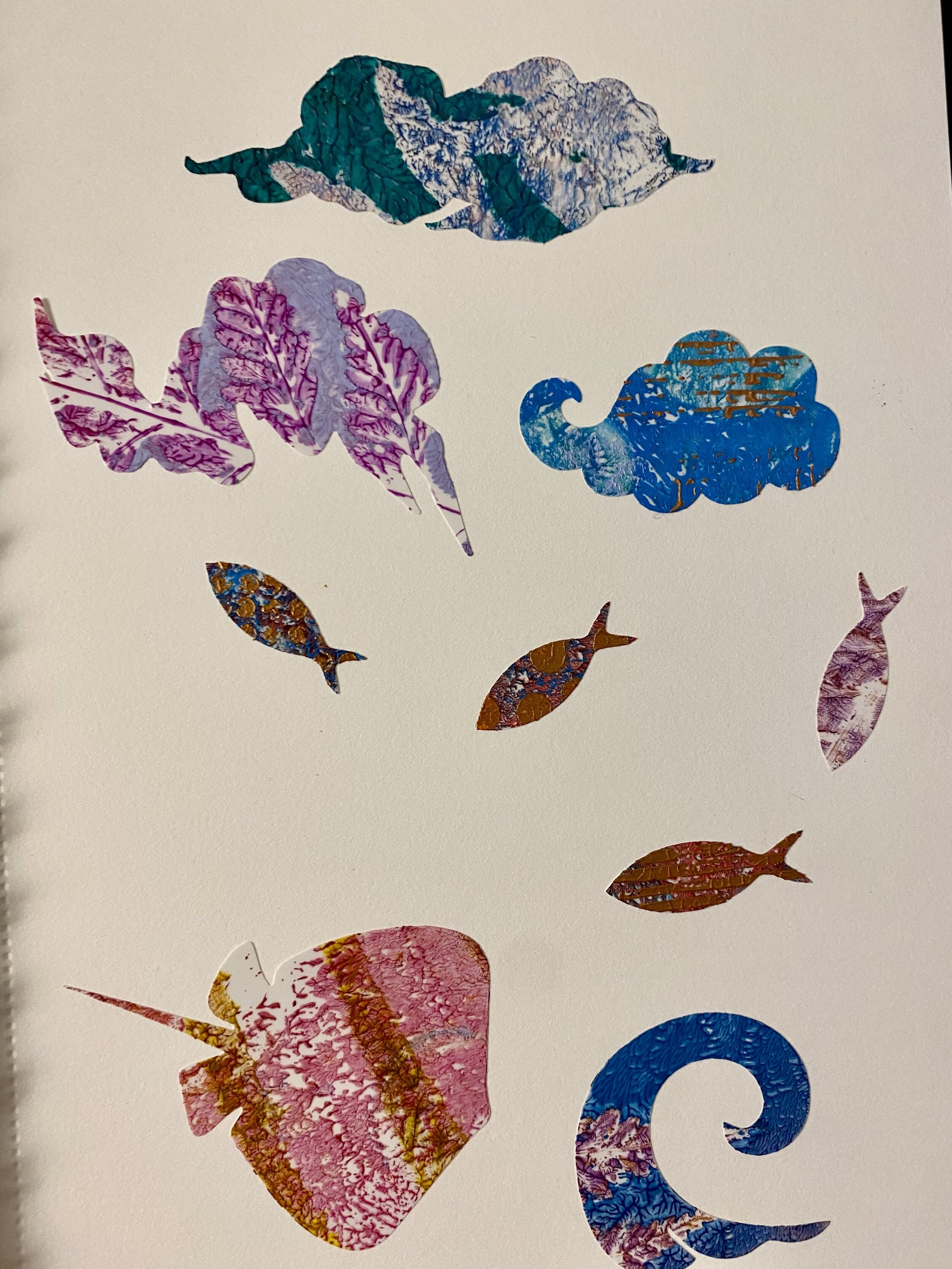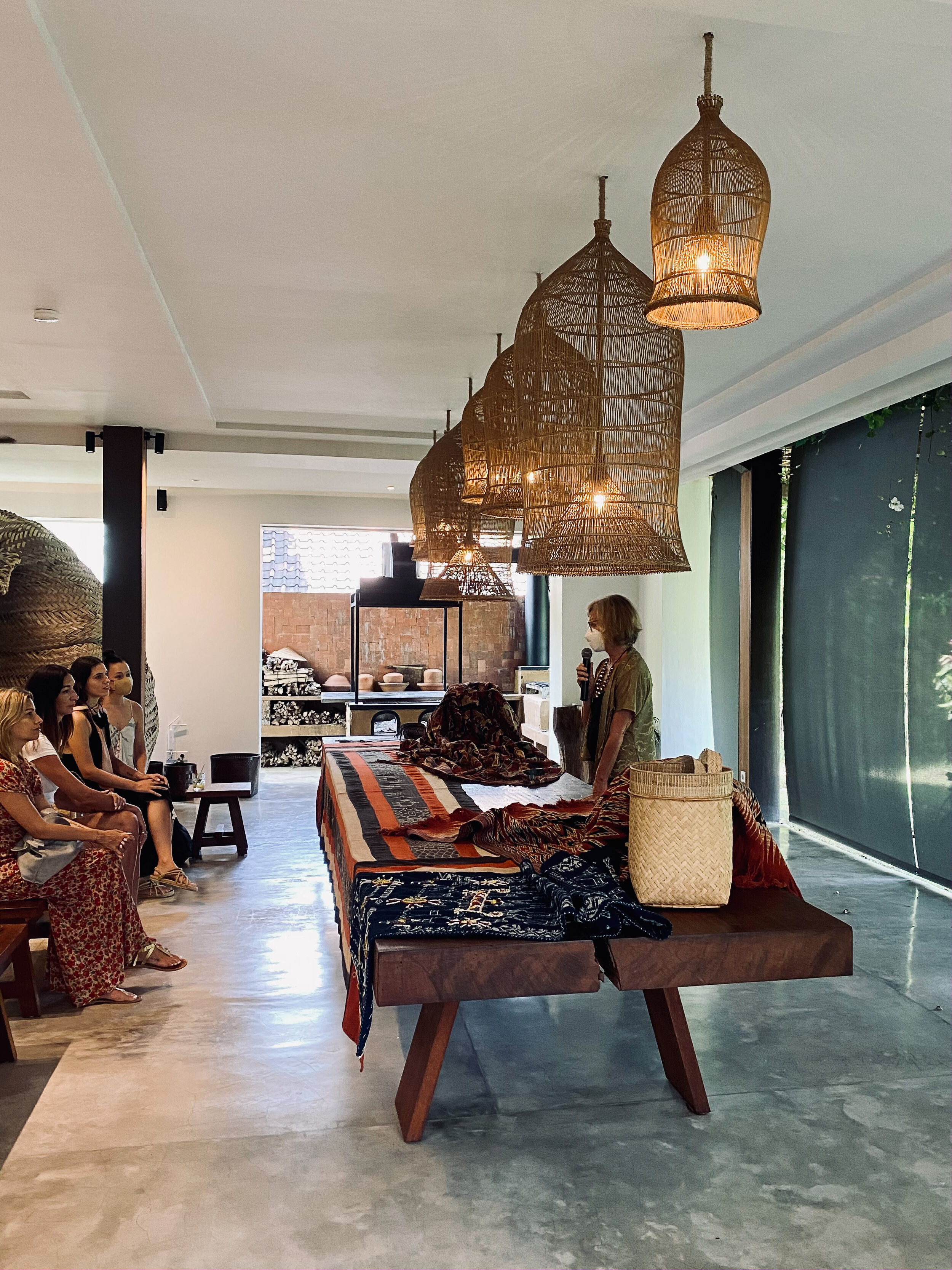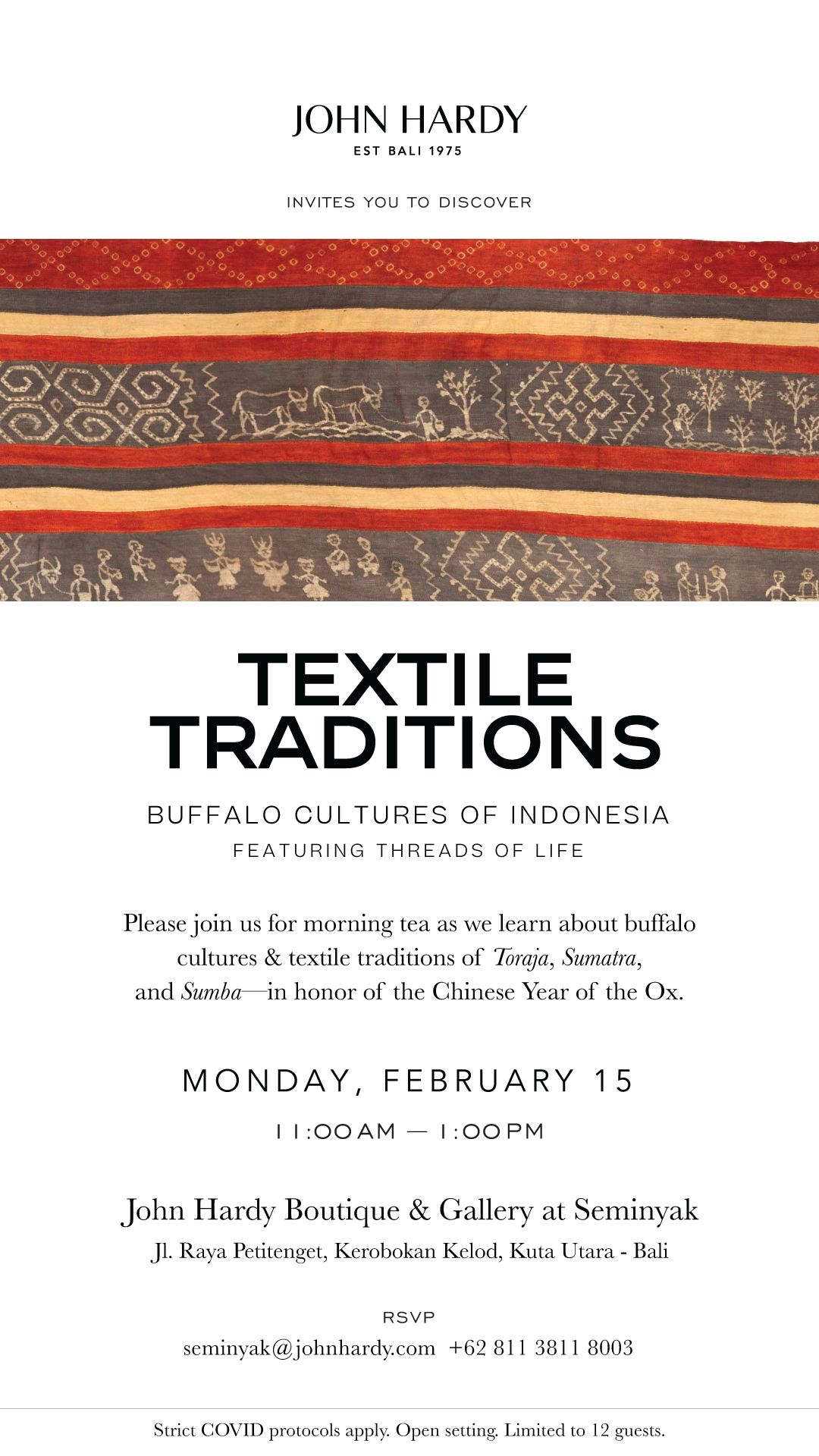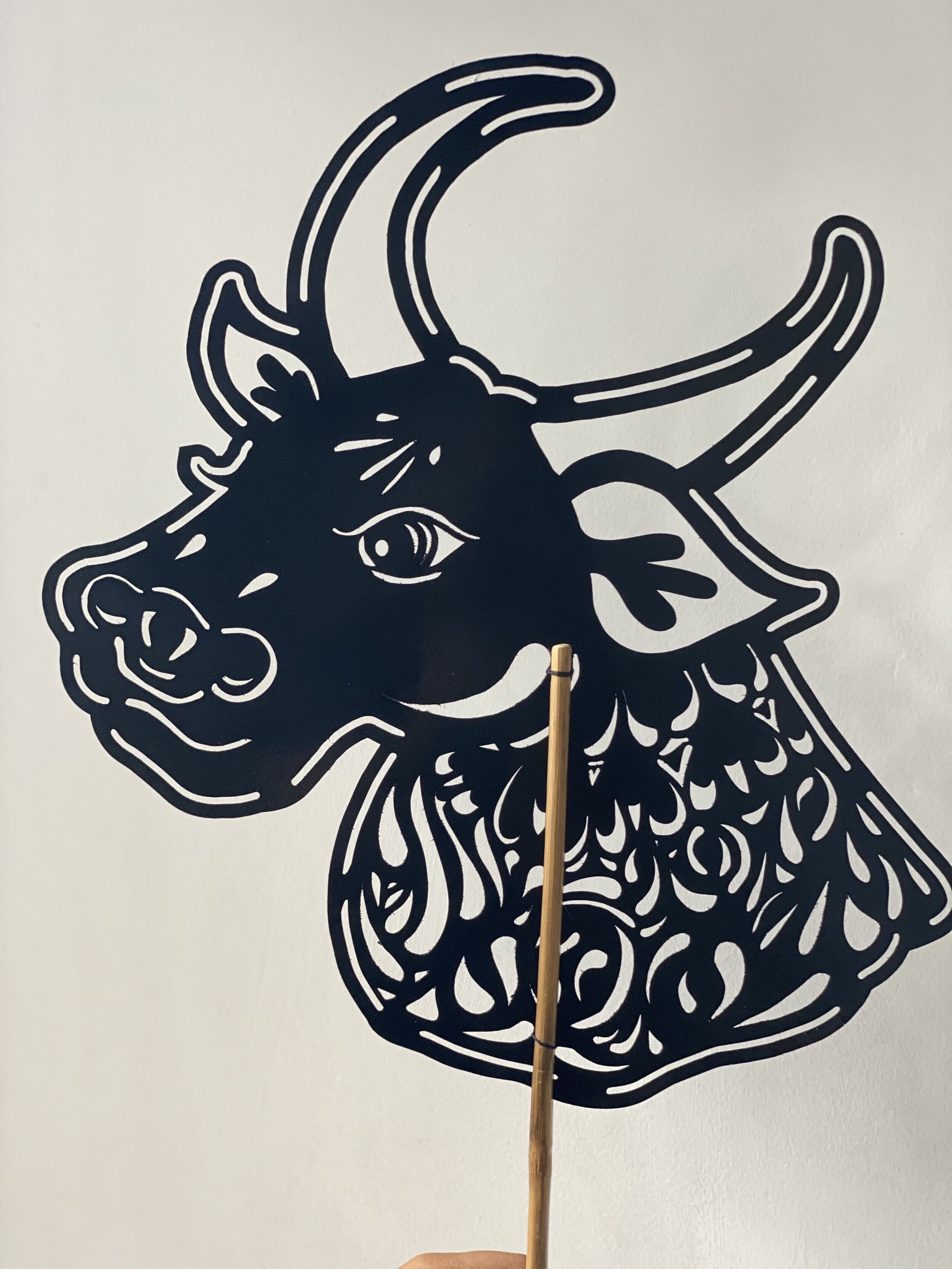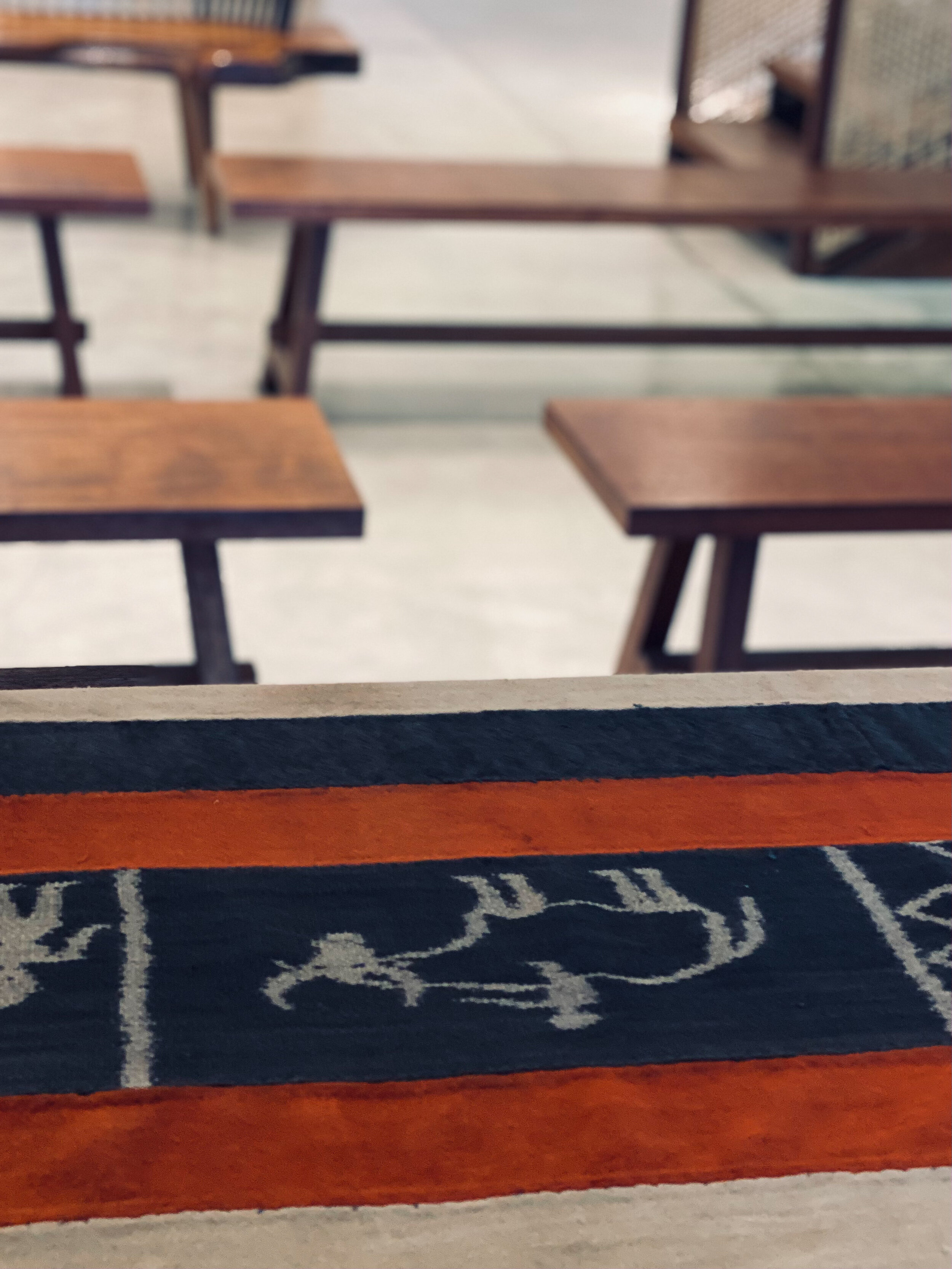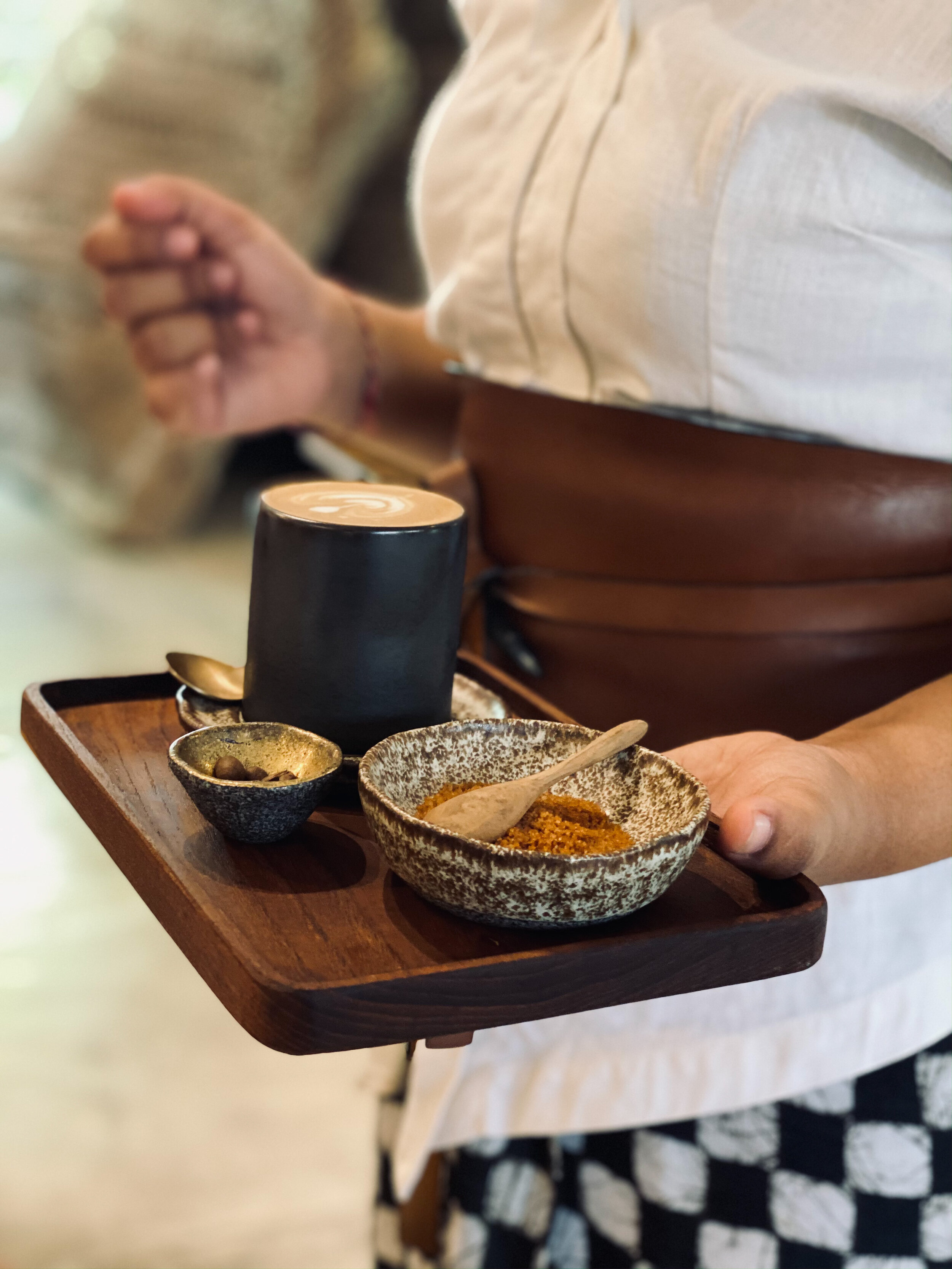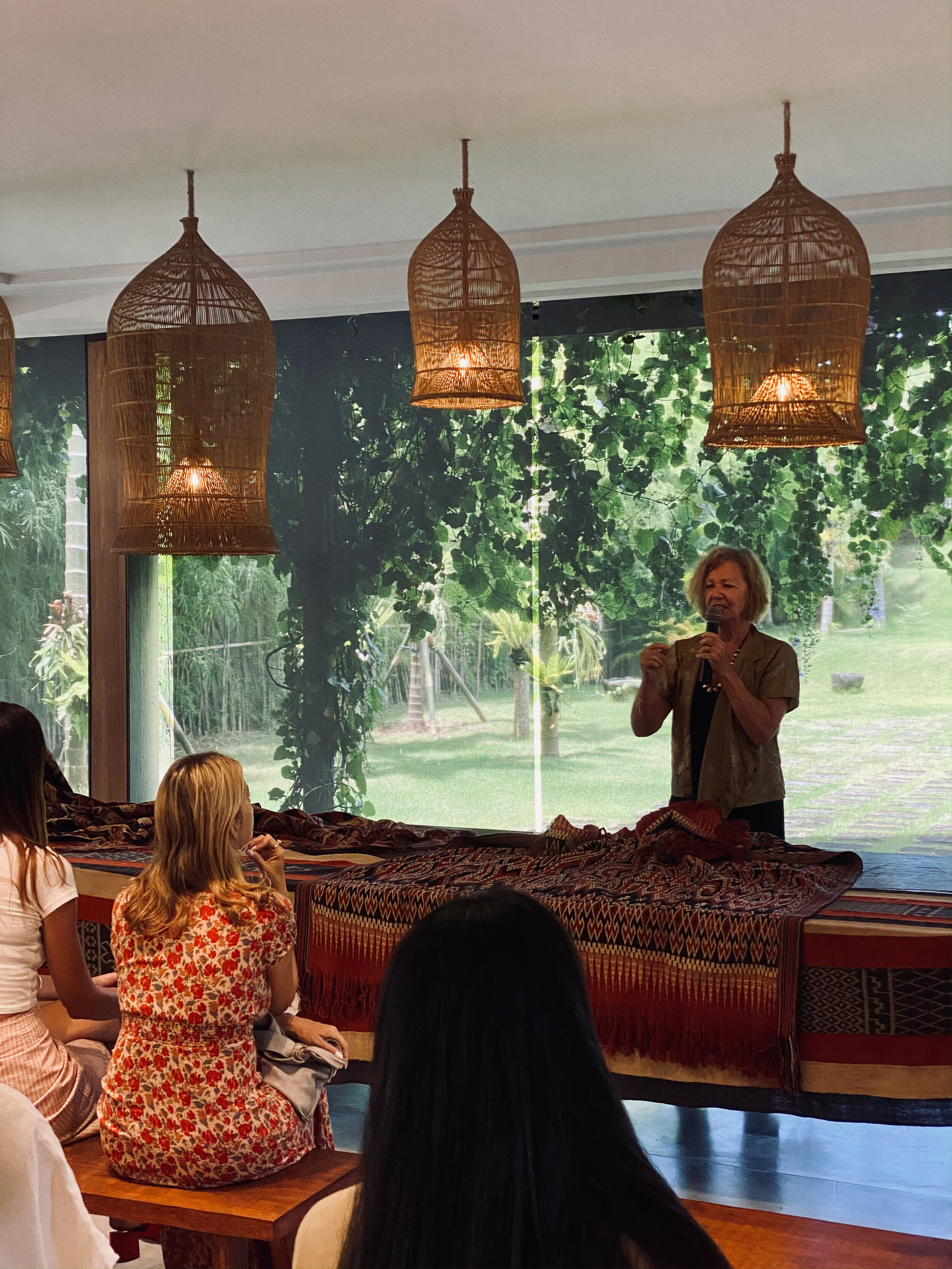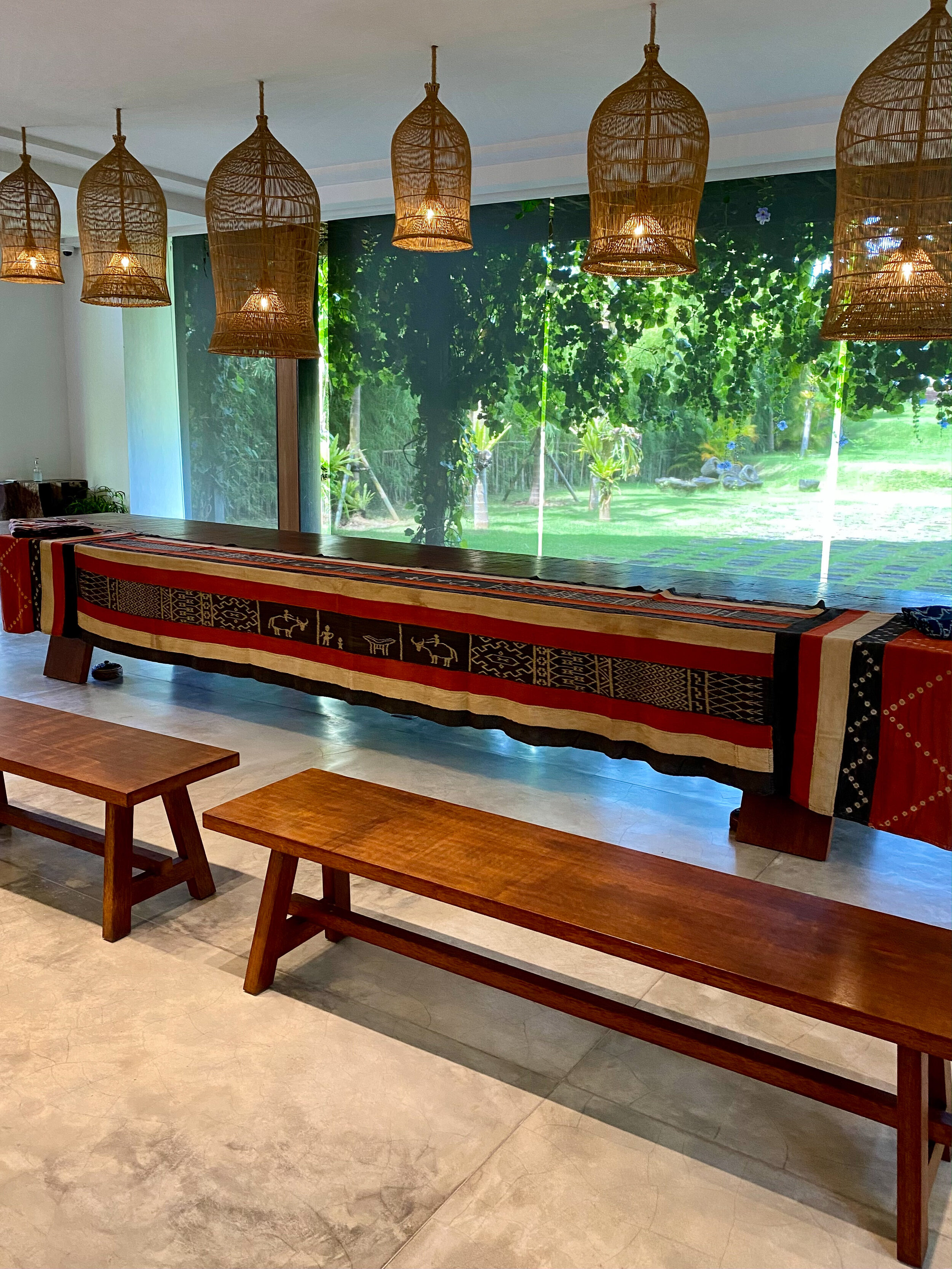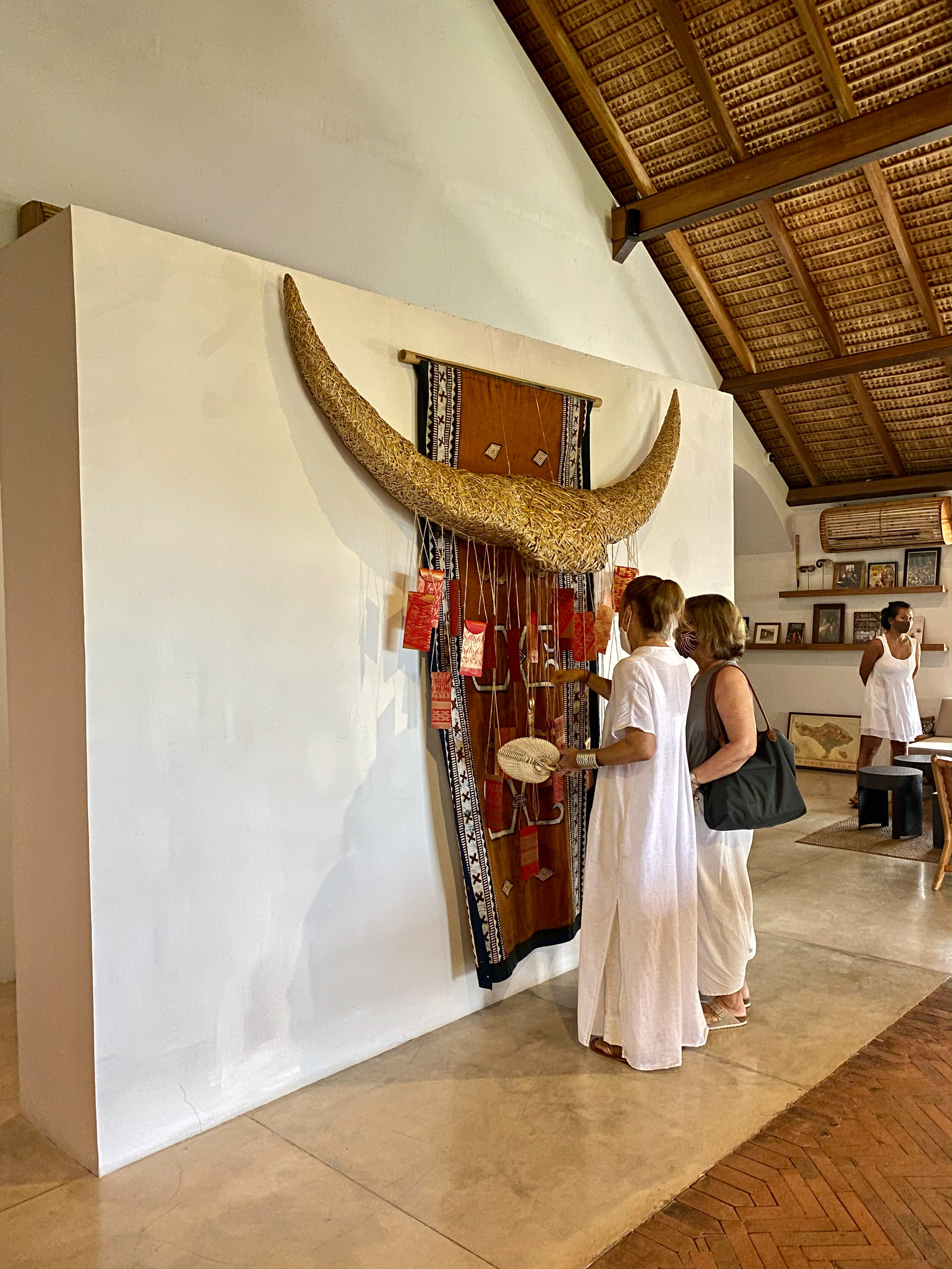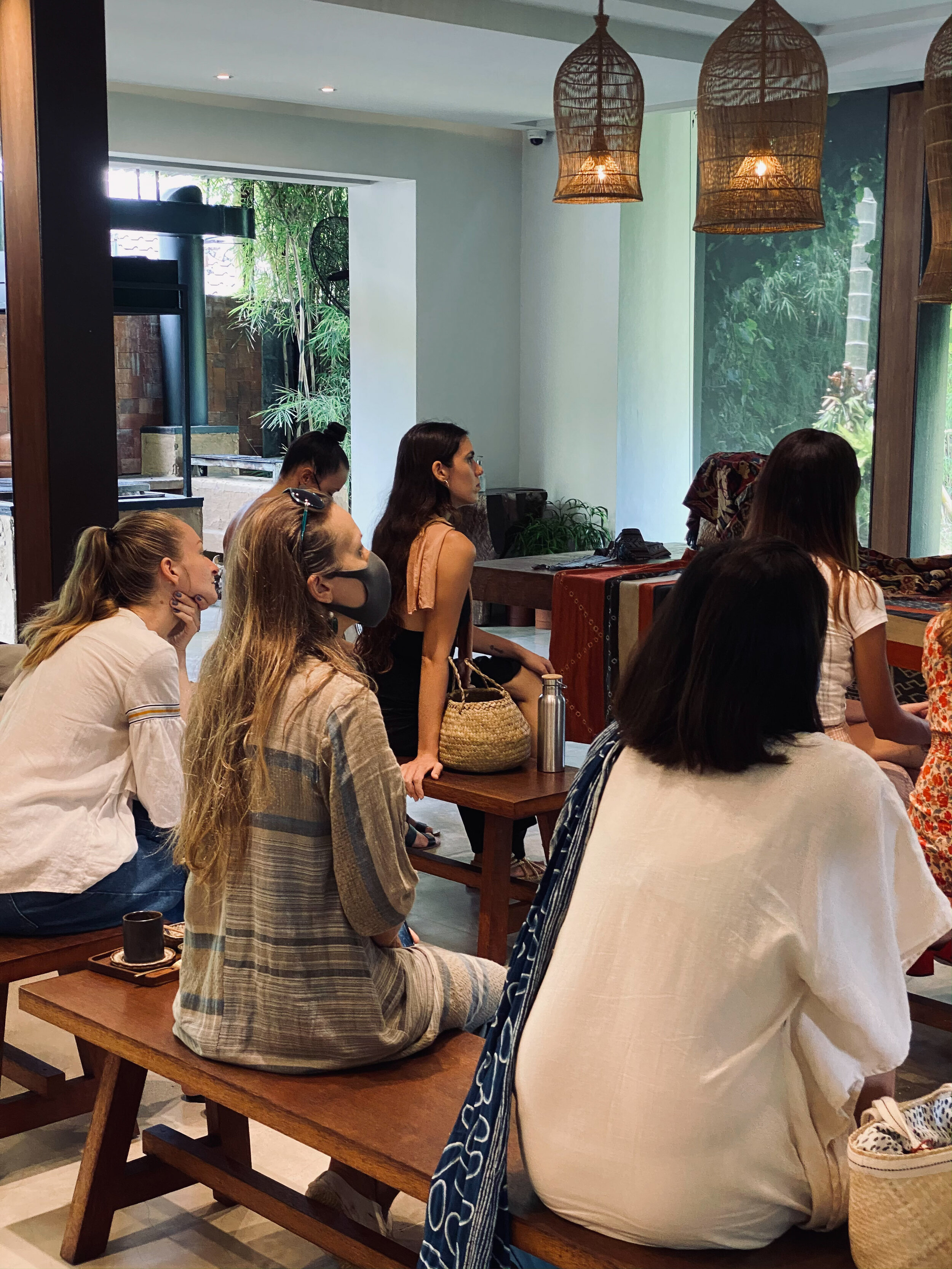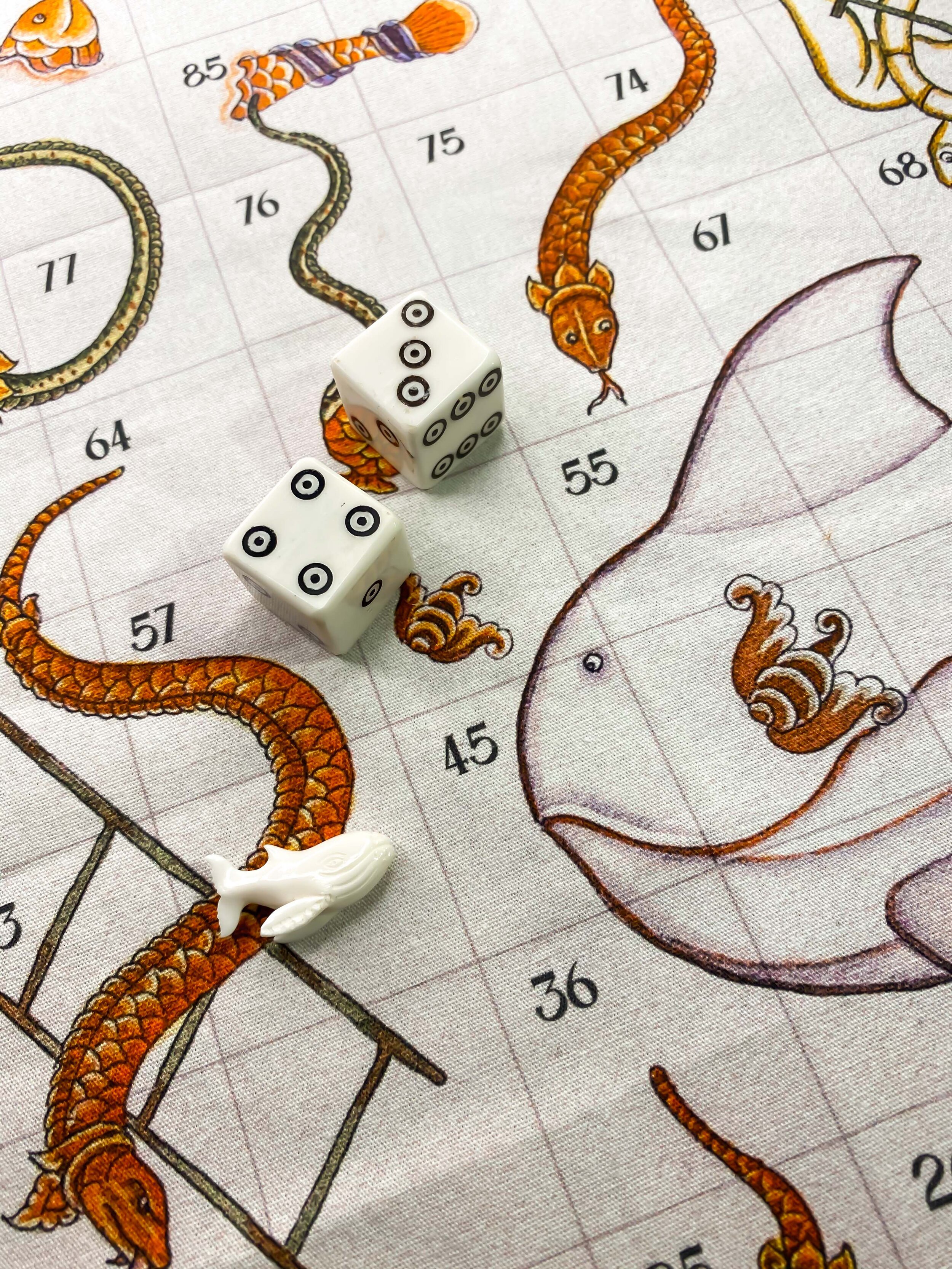In Bali, Kintamani is the best source of coffee. Maluku in the 16th century used to be colonized because of its spices. Dian and I then started to develop Archipel. Drinking coffee has become part of our daily life as well. We experimented and sold small batches. It took us almost a year to finalize the product. We went on many trips to Maluku for sourcing. We went to Banda, Seram, Tidore, Ternate, Minahasa, and Halmahera too. Also, I have a friend who grew up in Holland but his family is from Maluku. My friend has a good relationship with Maluku farmers so we use the spices from the farmers’ families.
When we did the formulation, we were just so overwhelmed with how good the spices are. They are just so fresh and have good qualities. Wait until you try nutmegs from Banda too, the native land. We only need to use a small portion of nutmeg and the taste is so rich.
Back then, Dee Ann was in the middle of the process to move to the United States. It was after my resignation and I was wanting to just be an independent consultant. But then she asked me to run the company. If it’s happening, she will handle the US market. She is a marketing person. She enjoys doing that. So I guess if I am asked to articulate what I am doing, it is connecting the dots. Suppliers, ideation, product development to operation.
How would you describe your project?
I have #ThriveFoodConsulting, it’s my very first independent project.
Let me share with you how it began.
From 2011 to 2017, I worked for Big Tree Farms. I developed their quality department. The last one year I was in the team, I supervised Big Tree Farm’s big facilities in Solo and Jogja. Back then I was overseeing Bali, Jogja, and Solo. After a while, I decided to just step back and rest.
Right after my resignation, I was actually in the state of looking for a new position. But then I happened to get a project. I was asked to make research on technology for an alternative sweetener. We used sugarcane juice. Before that, many of my colleagues asked me whether I want to hold a consultation session. For example, to consult about the food legality management, or an overview of the food industry in Indonesia. They said I should use my background and experience in quality and food safety. I was used to dealing with the audit process, especially for organic and natural products.
So that is how I had the idea to offer my services. I enjoy it so much. I think it's because the process is close to the product development process, where my creativity takes place. There was a moment when the project finished, I asked myself why I left such a secure life when I was in Big Tree Farms. To be honest, after 7 years, it’s not easy to let go. Moreover, this is my very first attempt to offer my own service by freelancing. But I am excited.
Can you share about the fair trade practices that are the fundamental values of the brand?
I source from the sourcing suppliers who get the spices directly from the farmers. Some of the suppliers that we met are closely connected to the farmers. So we can extend our networking with the farmers and ask them about prices. I compared the prices myself to other suppliers and traders. They are more expensive. But again, we are committed, so it’s better for us to buy more expensive spices but the money goes directly to the farmers. We think about the small stuff we can do now.
I do really think that people, the consumers, have learned in the past 7 years about which products are just sustainability tagged. Always look at how far the company and the brand are giving you information about their supply chains.
We are so used to mass production that gives us good prices in the big market. I know it’s working. I don’t say that they are doing something worthless. I understand they make a big effort. I also learned in Big Tree Farm how a company’s vision focuses on the sustainability of the people. Because so many big companies focus on the product, but forget about the person behind the product.
Archipel’s vision is towards the sustainability industry. Where the whole concept - from the very small parts - is a very high quality product. It means how you treat the people working with you. Even though we are still only a year old, I believe we have good intentions and we will always find a way. We care so much about sustainability and not just abusing the word.
We visited the farmers again after a while to check their stocks and trace the beans so we know the origins. It is such an amazing experience. From that I know the price. It is so saddening that a lot of farmers use the old prices. I know how much things cost once they are in the international market. The gap is crazy.
The farmers grow all the spices naturally and harvest from their backyard. Many families do this. They sell household batches with cheap prices to collectors, then the collectors sell the selected and bigger batches to traders. The most shocking thing I found out is there is no involvement from the government to facilitate an integrated system for drying. Every time I am in Banda, I feel like I go back to the past decade. Also, the cooperative system is not popular there. I only found one farmer in Tidore and one farmer in Ambon who are in a cooperative. Can you imagine the journey of imported spices? From Ambon to Surabaya port, before being exported, or from Halmahera to Sulawesi before going out from Indonesia. Everything is so expensive there because according to logistics, we know they have difficulty with physical access and delivery routes. So when you buy a coffee, the money doesn't go to the farmers.
Since then I contacted some of my colleagues in the Food and Beverages Industry in Indonesia to share my experience and thoughts. Some of them are sourcing in Sulawesi, Papua, or Maluku. They told me the same stories. Farmers are the very bottom of the chain. Archipel cares so much about this and we ask ourselves, What can we do? What do we hope for? So through this project, we aim to grow bigger and stronger so we can give impact sustainably and invest in those things. We don’t know yet what exactly it’s going to be. But we always approach the farmers to get insights and ask them directly how we can help. One of the things that I do is to keep in touch with my colleagues in the Food and Beverage Industry who are linked to the government. I keep up with their projects to know if there’s something Archipel could participate in. We are also aware that Archipel is still very small now.
How do you maintain the relationship with the coffee farmers and what is your takeaway from the journey?
I’m so happy I have such a very broad point of view now from the farmers. When I talked to them, it reshaped what I thought a real problem was. They also talk in a simpler way. But their questions are challenging. They just open my mind to things I didn’t know. I used to be a homebody. From the experiences I had in my work, I went to several remote areas. I think that’s what we should do if we work in an agricultural community, especially if it’s organic.
We need to explore the hills, mountains and forests. The experience really led me to appreciate artisanal work, which is done by all the local farmers themselves. I used to take food on my table for granted but when I saw how long and complicated it was to make a handful of coconut sugar, it shifted how I define a simple product.
Also, I appreciate how the family plays a role hand in hand in harvesting. You can see they are the most modest people you have ever met but they are actually ruling what they do. And that has been going on for generations.
What’s been your experience running a business during this period?
Crazy, definitely hard. I am lucky because there are still some clients using my service. It is essential for their business to have me to assist and run. But the hardest thing is of course you have to be… well, controlling the budget is always the thing you have to do, but you are finally at the point where you decide after 4 months as much as we want to give you full hours and full salary, we come to realize that we need to adjust. That’s the hardest part. To talk to your team that there are no orders in the future for us to keep running. Production cost, we can control it, supply is going to be hard, but again we can not close our eyes to the fact the demand is also decreasing. It might go to 20-30% while the operation cost keeps running. Thankfully, my current projects are the projects I have worked on since last year. Our budgets are allocated to certain times of our working capital. I can not imagine how big companies deal with the previous profit and current loss.
A market targeting foreigners at first is actually very volatile. Things like this happen, so I really think we have to be open-minded now. Maybe this has opened my eyes too. In the artisan organic natural product world, most of the targets are foreigners and/or travelers from other countries. Because they are the ones who probably have the buying power. They also understand the product. Now, what I see is with the pandemic, who else is going to buy? At least, we can depend on the local market that understands the product and can also afford the product.
I often feel funny about it because I make something local but we can not sell it to locals. Many companies don’t realize this fact.
The ones who support you always are your closest community. We need to build something from the community and for the community. Yes, we might source locally but often we forget that it also has to be for the community, not just the supply side but also to who consumes it.
The quality must be good and enjoyed by everyone. At Archipel, we use coffee from Kintamani. Recently we also source spices from the same area like red ginger. Also vanilla from different parts of Bali, or long pepper from Jogja and Sulawesi. We are always looking for the closest we can reach so supply isn’t disturbed. Always trying to make something from the raw materials grows near where we live.
It’s been hard to search for suppliers. Yes, we still have some inventory. But we still need to refill and we can’t do that from where we source in Maluku. Then we thought, Indonesia is large, we can always try to get them from other sources. Also, the Food and Beverage manufacturing circle allows us to exchange information, so that’s the other way to avoid big trader chains.
What’s next for you?
For me, I am focusing on Thrive Food. I want to make a one-stop boutique consulting company that focuses on organic natural artisan food. We have space we can do anything from legal, ideation, product development, packaging development, to make things like a pilot production to commercial production. Now, I’m by myself but I still work with other parties for product or packaging development. But I really want to have a solid company. Through that, I want to help more artisans and restaurants like Room4Dessert or Locavore or anyone who wants to source anything from Indonesia. Create something using Indonesia ingredients, so they can export them but also target their products for the locals. There are so many talented people in Indonesia who just become unseen but I want to place them at the forefront.














